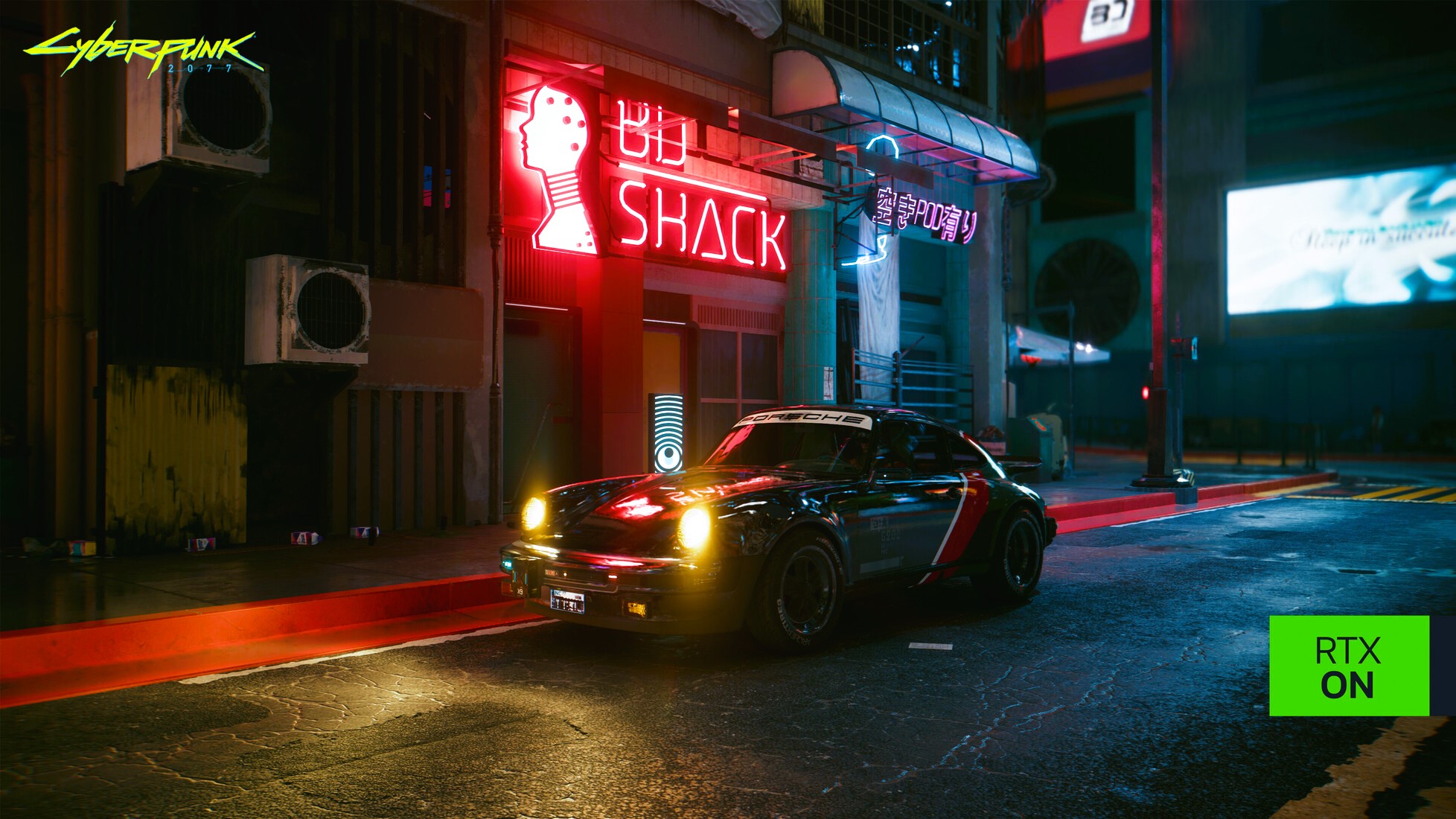The landscape of gaming graphics is on the verge of a groundbreaking transformation, and at the heart of this revolution lies ray tracing technology. As the gaming industry gears up for the next generation of graphics, ray tracing promises to redefine realism and visual fidelity in ways previously thought impossible. In this exploration, we will take a deep dive into the realm of ray tracing, understanding its principles, its impact on gaming visuals, and the future it envisions for immersive digital experiences.
Understanding Ray Tracing:
At its core, ray tracing is a rendering technique that simulates the way light interacts with objects in a virtual environment. Traditional graphics rendering relies on rasterization, which approximates the effects of light by projecting 3D objects onto a 2D plane. While effective, rasterization has limitations in achieving true-to-life visual effects.
Ray tracing, on the other hand, traces the path of light rays as they interact with surfaces, materials, and light sources in a scene. By accurately simulating the behavior of light, ray tracing produces highly realistic reflections, shadows, and lighting effects. This approach replicates the physics of light, allowing for unparalleled visual fidelity and a more immersive gaming experience.
The Impact on Visual Realism:

- Realistic Reflections: Ray tracing enables the creation of reflections that mimic real-world surfaces. Mirrors, water, and glossy materials now reflect the environment with precision, adding depth and authenticity to virtual scenes.
- Dynamic Global Illumination: With ray tracing, global illumination becomes dynamic and lifelike. Light interacts with surfaces, bouncing off and creating soft shadows, ambient occlusion, and subtle lighting variations, enhancing the overall realism of the scene.
- Accurate Shadows: Shadows are no longer just flat projections but dynamic and accurate representations of the light source and surrounding objects. Ray tracing simulates the complex interplay of light and objects, resulting in realistic and detailed shadows.
- Refraction and Translucency: Transparent and translucent materials, such as glass and water, exhibit realistic behavior with ray tracing. Refraction effects, caustics, and light dispersion contribute to a heightened sense of realism in virtual environments.
- Natural Lighting: Ray tracing captures the nuances of natural lighting conditions, including the soft glow of indirect lighting. This contributes to a more natural and immersive gaming experience, especially in outdoor environments. One of the creators of the computer mouse died in the USA, more details here.
Hardware Advancements Driving Ray Tracing:
The implementation of ray tracing in real-time gaming requires significant computational power. Modern GPUs (Graphics Processing Units) equipped with dedicated hardware, such as NVIDIA’s RT Cores and AMD’s Ray Accelerators, are designed to accelerate the complex calculations involved in ray tracing.
These hardware advancements pave the way for playable frame rates while maintaining the visual fidelity promised by ray tracing technology. As GPUs continue to evolve, the accessibility and widespread adoption of ray tracing in gaming are expected to increase.
Future Implications and Challenges:
- Expanding Adoption: The integration of ray tracing is not limited to high-end gaming PCs. Next-gen gaming consoles, such as the PlayStation 5 and Xbox Series X/S, also feature hardware support for ray tracing, bringing this technology to a broader audience.
- Artistic Possibilities: Ray tracing not only enhances realism but also opens up new artistic possibilities. Game developers can leverage ray tracing to create visually stunning and cinematic experiences, pushing the boundaries of interactive storytelling.
- Challenges of Real-Time Ray Tracing: Real-time ray tracing places a significant computational load on hardware. Striking a balance between visual fidelity and performance remains a challenge, and optimizations will be crucial for delivering smooth gameplay experiences.
Platforms for Staying Informed:

To stay informed about the latest developments and insights into ray tracing technology, platforms like IGN serve as invaluable resources. These platforms provide in-depth coverage, reviews, and analyses of games and hardware that leverage ray tracing, keeping enthusiasts updated on the evolving landscape.
Conclusion: A New Era of Visual Realism:
Ray tracing technology marks a paradigm shift in the world of gaming graphics, ushering in a new era of visual realism and immersion. As hardware capabilities continue to advance, gamers can anticipate increasingly lifelike experiences that blur the lines between the virtual and the real. The collaboration between hardware manufacturers, game developers, and gaming communities will play a pivotal role in shaping the future of ray tracing and its integration into the mainstream gaming landscape. Embrace the evolution, stay informed, and get ready to witness the breathtaking visuals that the next generation of graphics technology has in store.


